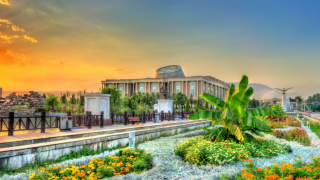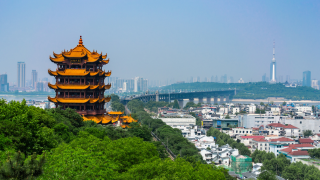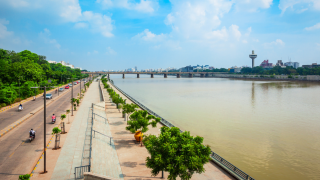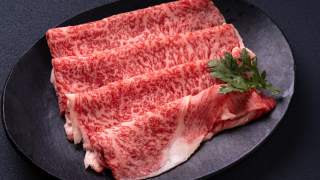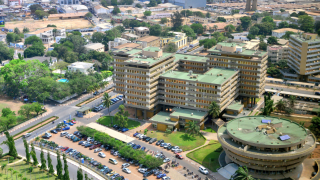 LOANWORD
LOANWORD Is Togo Written as 多哥 in Kanji? Perspectives for Japanese People to Deepen Their Understanding
In Japan, Togo is primarily known through football and international aid projects. While there is no kanji notation for its name in Japanese, Chinese represents it with the characters “多哥.” This article explains the contrast in notation and examines the perceptions and realities of Togo that remain little known in Japan.

